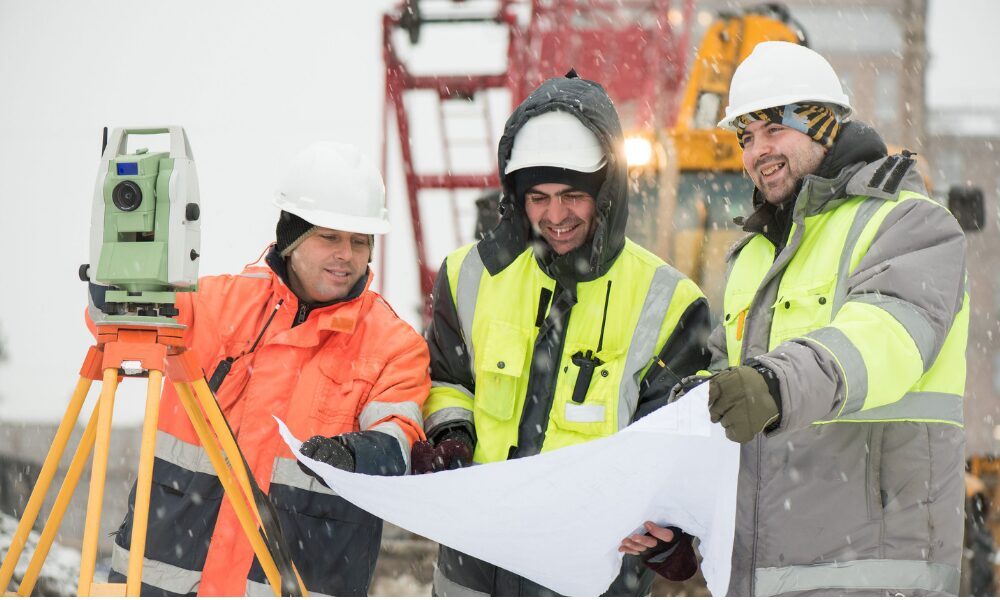
Washington's timber industry is the backbone of many communities, but the inherent dangers of the profession give rise to robust safety regulations. As an employer or employee in the logging industry, understanding WAC 296-54-507 is crucial to creating a safe and productive work environment. This blog post dives into the core responsibilities outlined in the regulation, empowering you to prioritize safety and avoid potential accidents.
- Prioritizes Training: The regulation sets a clear standard: every employee deserves proper safety training. This training should not be a one-time event, but an ongoing process that covers diverse aspects of logging safety, including:
- Equipment operation: Ensuring workers know how to handle chainsaws, log skidders, and other machinery safely.
- Fall hazard prevention: Training on proper footing, ladder use, and avoiding falling objects.
- First aid and emergency procedures: Equipping workers to respond effectively to accidents and injuries.
By investing in comprehensive training, you not only comply with the regulation but also significantly reduce the risk of accidents and injuries.
- Helps Weather the Storm: Mother Nature can turn a calm forest into a hazardous zone. The regulation acknowledges this, requiring additional precautions during extreme weather or other adverse conditions. This could involve:
- Rescheduling work: Delaying operations until hazardous conditions subside is often the safest course of action.
- Implementing protective measures: If work must continue, using rain gear, securing logs against the wind, and adjusting work areas for visibility are crucial steps.
- Monitoring conditions: Continuously assessing the situation and adapting work practices as needed is essential.
Remember, prioritizing safety over production in challenging conditions is always the responsible choice.
- Tames the Treetops: Danger trees – trees with structural defects or unstable positions – pose a significant threat in logging operations. To address this, the regulation mandates two key approaches:
- Pre-emptive felling: Identifying and felling danger trees before regular operations begin significantly reduces the risk of them falling on workers or equipment.
- Hazard avoidance: When felling danger trees isn't practical, adjusting work areas and rigging systems to ensure workers are not exposed to the tree's potential fall zone is critical.
Proactive management of danger trees can prevent tragic accidents and keep your logging operation running smoothly.
- Communication is Key: Awareness of potential hazards is only half the battle. The regulation emphasizes the importance of a robust hazard communication program. This program should:
- Identify and assess hazards: Regularly evaluate your worksite and equipment for potential risks.
- Inform employees: Communicate these hazards clearly and effectively to all workers, using understandable language and training materials.
- Provide protective measures: Ensure workers have access to the necessary personal protective equipment and knowledge to mitigate identified hazards.
Effective communication fosters a culture of safety awareness and empowers employees to make informed decisions in the face of risks.
- Maintains Zero Tolerance for Intoxicants: Intoxication on the job is irresponsible and significantly increases the risk of accidents. The regulation rightfully enforces a strict policy:
- Alcohol and narcotics are prohibited: No employee should be under the influence of these substances while on or near the worksite.
- Immediate removal: Any employee suspected of being under the influence must be removed from the worksite to guarantee the safety of themselves and their colleagues.
This zero-tolerance policy upholds a safe working environment for everyone and reinforces the importance of personal responsibility in the demanding world of logging.
Injured in a Logging Accident in Washington?
If you have suffered an injury in a logging accident in Washington State and have questions about how best to proceed to ensure fair compensation, please give one of our attorneys a call to discuss the facts of your case at 800-273-5005 or fill out our contact form here.


